Museums in the 16th Arrondissement of Paris
we’ll tell you which museums in the 16th arrondissement of Paris you can’t miss, including the Musée Marmottan, famous for its Claude Monet collections, and the Maison de Balzac, an intimate peek into the world of the celebrated French author.
These cultural hubs are part of the permanent collection of art establishments spread in the French Capital.
This is one of the most complete neighborhoods to visit in the city. The 16th arrondissement, a trove of contemporary art and charming nooks, houses special exhibitions by international artists that aren’t to be missed.
Besides having many museums, it also has parks with lakes, embassies, the stadium where the Roland-Garros tournament takes place, the Parc des Princes soccer stadium, and the Passy area, where you will see some of the most remarkable buildings and restaurants in Paris.
Visit the Louis Vuitton Foundation
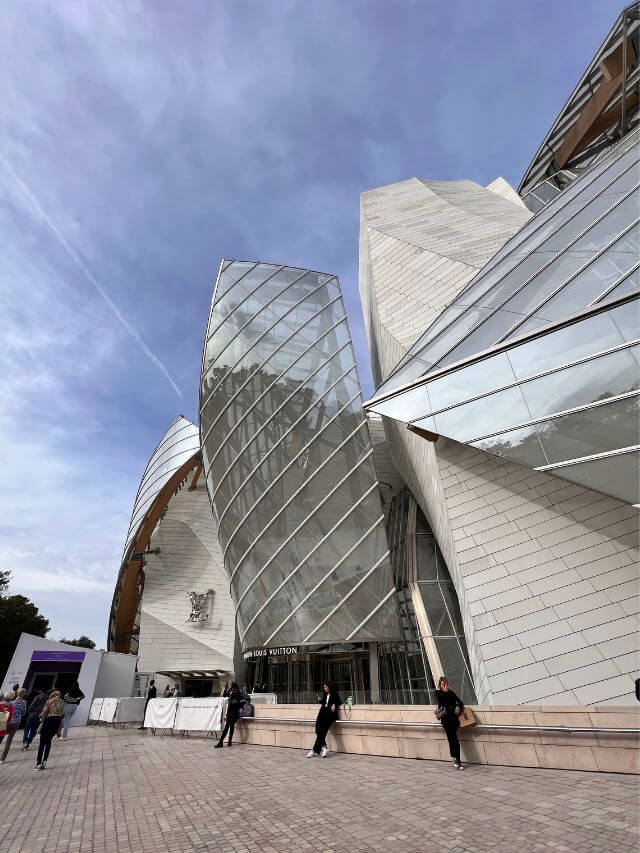
Nestled amidst the Bois de Boulogne, it is constantly changing and empowering the avant-garde of art, an experience in itself that is not to be missed.
You will recognize the building from the Louis Vuitton Foundation by the exotic architecture of its exterior, which contrasts with the simple elegance inside. This foundation is a testament to what Paris represents – a rich mix of traditional and contemporary art.
The foundation offers exhibitions and art collections, concerts, film screenings, and events that involve the whole family.
The fondation also has a restaurant that serves some traditional French dishes and others that change according to the museum’s exhibition, rotating in tandem with the gallery’s ever-changing special exhibitions.
Do you like impressionism Art? Check this post with the best Impressionism Art Museums in the French Capital.
Fashion and Costume Museum of the City of Paris
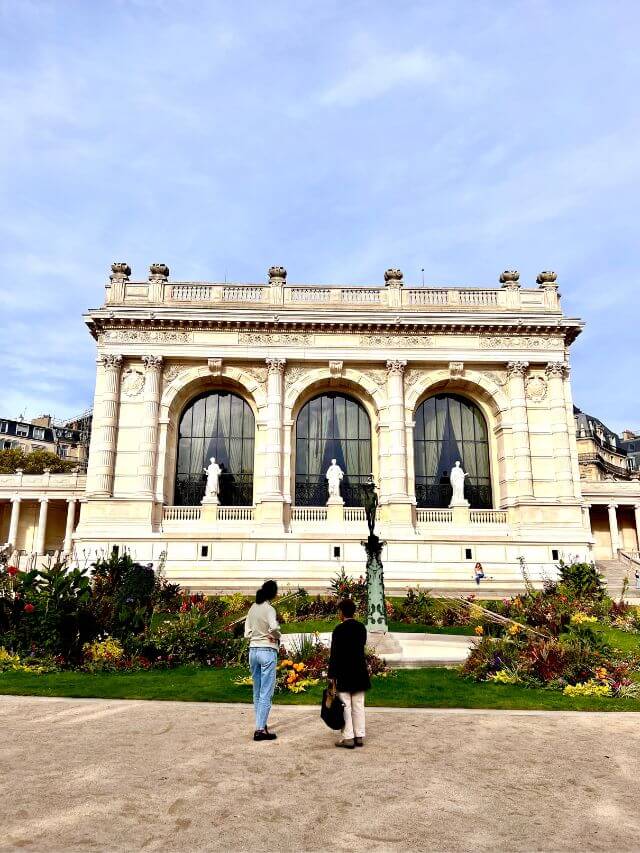
Although the idea of creating a costume museum was born in 1907, it was not until 1977 that it was installed in its current location at the Palais Galliera.
Here, it’s where the Vogue Foundation holds its annual gala, so you can imagine the attention to detail and aesthetics you’ll find in this museum.
It is one of the museums in the 16th district to which you could dedicate several hours if you wanted to. Among its collections, there are more than 200,000 items, including clothes, photos, drawings, etc.
Different collections allow you to see how fashion has changed over time. The collections are divided into several collections that allow you to see the different styles, starting with typical costumes of the 18th century and going up to the present day.
In addition to seeing collections of clothing and accessories, you will see thousands of photos, drawings, and documents of artists and designers of all times. And they also present temporary and special exhibitions.
Yves Saint-Laurent Museum
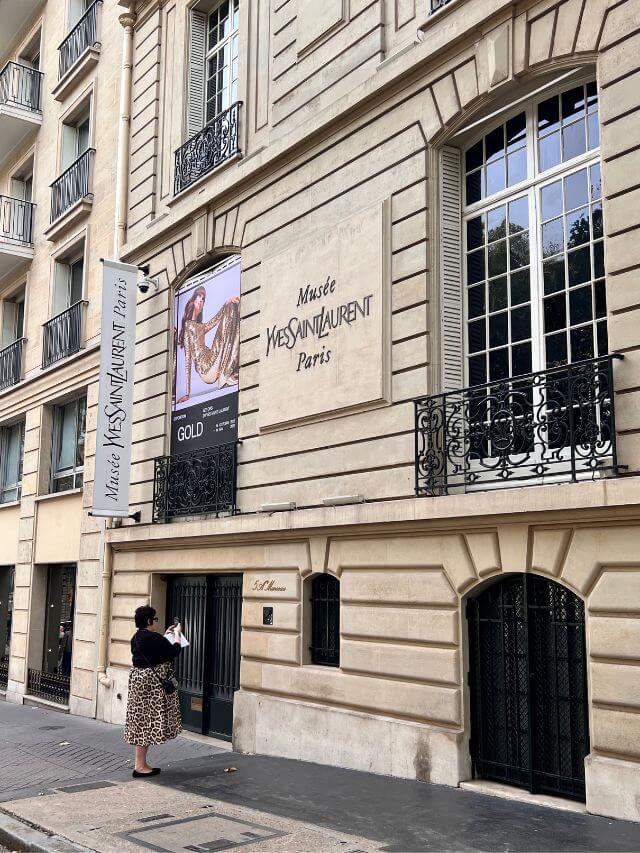
The Yves Saint-Laurent Museum usually has a leading exhibition that lasts a year and is combined with retrospective exhibitions of the haute couture house’s designs.
The museum is located where the famous couturier used to work. Although the museum emphasizes the figure of Yves Saint Laurent, it also reviews the fashion and haute couture of the twentieth century.
Among the items on display are some of his best-remembered designs, such as the women’s tuxedo and the safari jacket.
.
Guimet Museum
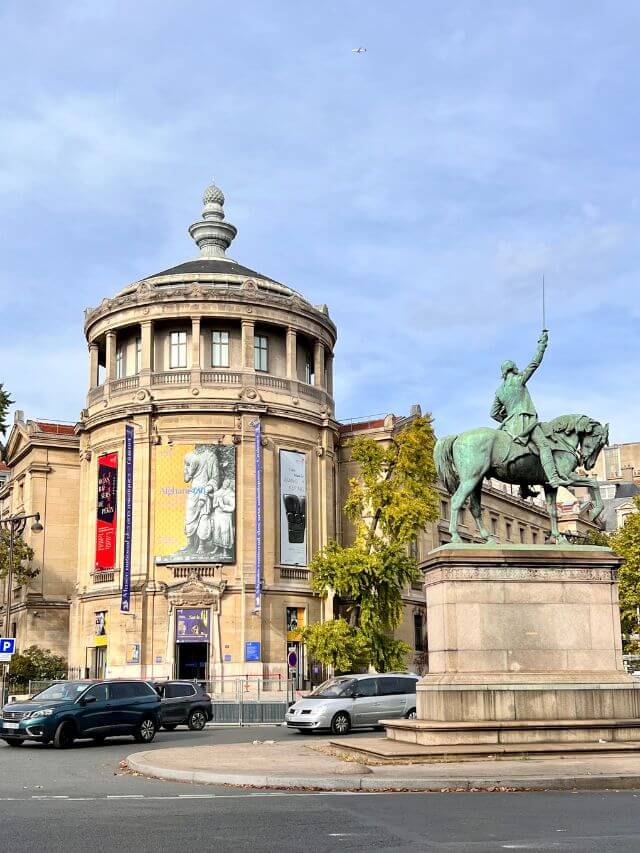
Among the museums in the 16th arrondissement of Paris, the Guimet stands out for having one of the most important collections of Asian art exhibited in the West. As a tribute to the international artist, Guimet’s collection is a must-see.
Guimet was a millionaire who loved to travel and was asked by the French government to study the religions of Asia. Those trips are the origin of this museum, which includes incredible collections of Japanese and Chinese ceramics.
Situated in the heart of rue raynouard, the Guimet Museum is a magnificent beacon of arts asiatics, offering a vibrant view into the diverse tapestry of Asian culture. The surrounding park enhances the serene experience with its lush natural beauty, attracting people from all walks of life.
The Guimet Museum has some temporary exhibitions, which offer fascinating attractions to immerse oneself in, but the most essential displays are the collections dedicated to the different regions of Asia, each providing a unique cultural experience.
These are divided into Afghanistan, the Himalayas, Southeast Asia, Central Asia, India, and several other collections.
It also presents objects from ancient Rome, Egypt, and Greece, broadening the scope of experience for those visiting the museum while taking a breathtaking journey through history.
Free admission to the Guimet Museum with the Paris Pass to enjoy a total immersion, unlike any other cultural tour.
Palais de Tokyo and Musée d’Art Moderne de la Ville de Paris
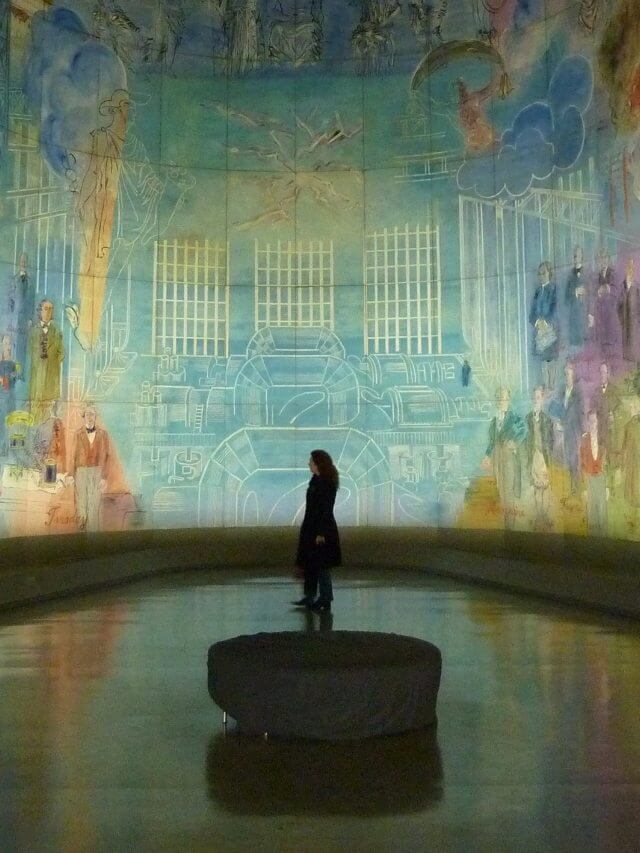
A short distance away is the Palais de Tokyo, which houses the Musée d’Art Moderne de Paris (Paris Modern Art Museum) and prides itself on being a kind of anti-museum constantly changing and empowering the avant-garde of art.
The Palais de Tokyo regularly presents large-scale artistic interventions. Exhibitions and shows related to fashion, art, and crafts can be seen, making it a hub of culture and authenticity.
It usually presents large-scale artistic interventions. Exhibitions and shows related to fashion, art, and crafts can be seen.
At the Tokyo Palace site, you can see the schedule to know the events that take place every day.
Chaillot Palace
This fascinating palace was built for the Universal Exhibition of 1937 on Chaillot hill and is located opposite the Eiffel Tower, providing an unparalleled view of this monumental icon.
The National Museum of the Navy, the Museum of Man, the Museum of Architecture, and the National Theater of Dance are housed within its grounds.
The Museum of Man presents anthropological collections from prehistoric times. It has more than 500,000 objects! The most extensive European collection of Paleolithic human fossils.
The Museum of Architecture is actually called Cité de l’Architecture et du Patrimoine.
It has three permanent collections: one dedicated to French monumental architecture, another with copies of stained glass windows from Romanesque and Gothic churches, and the last one presents models of architecture from 1850 to the present.
Marmottan-Monet Museum
In this museum, you can see some of the best paintings of the most influential authors of the impressionist movement, such as Monet, Manet, and Degas.
The collection was nurtured by the painters’ personal physician and Monet’s son, making it one of the most complete museums for those who want to enjoy Impressionist art.
Ranelagh Theater
The history of the Ranelagh Theater dates back 120 years when a music hall was built attached to a castle located on the top of Passy hill.
In the 1930s, it was transformed into a cinema and later a theater, where concerts, circuses, and plays were staged, for the delight of people who craved these unique attractions.
Today the hall exhibits classical works and, after renovations, has recovered the original style, with oak paneling and painted coffered ceilings, making the hall as attractive for its architecture as for the works it presents.
Check Out: Best Things to do in Paris in March for a memorable experience.
.
Balzac House
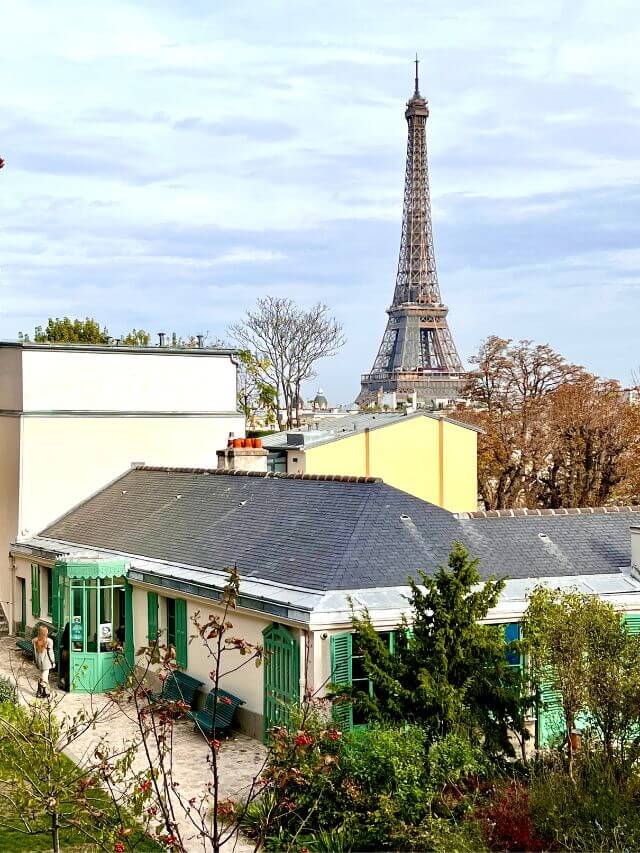
It is the only house in which the novelist lived that survived the passage of time and is one of the museums in the 16th arrondissement of Paris that we recommend you visit.
If you visit, you can see memorabilia of the writer and his family and some manuscripts, original editions, and drawings.
The museum constantly organizes different exhibitions related to Balzac’s life and work, providing a valuable and enriching experience for all visitors.
Immerse yourself into the enchanted world of literary characters at events hosted by the fondation, where you can partake in games related to the characters created by the writer in question. These activities are always a delightful experience.
The Balzac House museum, similar to the artistic legacy of the likes of Picasso or the thought-provoking exhibitions of the Quai Branly Museum, transports its visitors to ancient times.
Through different collections and enriched experiences, the museum’s curators invite visitors to reread the Human Comedy, the book that Balzac wrote in this house.
Gustave Eiffel Aerodynamic Laboratory
Gustave Eiffel, the man who has left his indelible mark on some of Paris’s iconic monuments, built this laboratory in 1912 to study the influence of air movement on objects.
It was here that he installed an impressive wind tunnel with an engine and control equipment in a hangar, reminiscent of the architectural prowess displayed at the Pompidou Centre.
More than 100 years later, the laboratory is still in operation, and its services are contracted by various industries, such as automotive, aeronautics, and architectural firms.
Arc de Triomphe
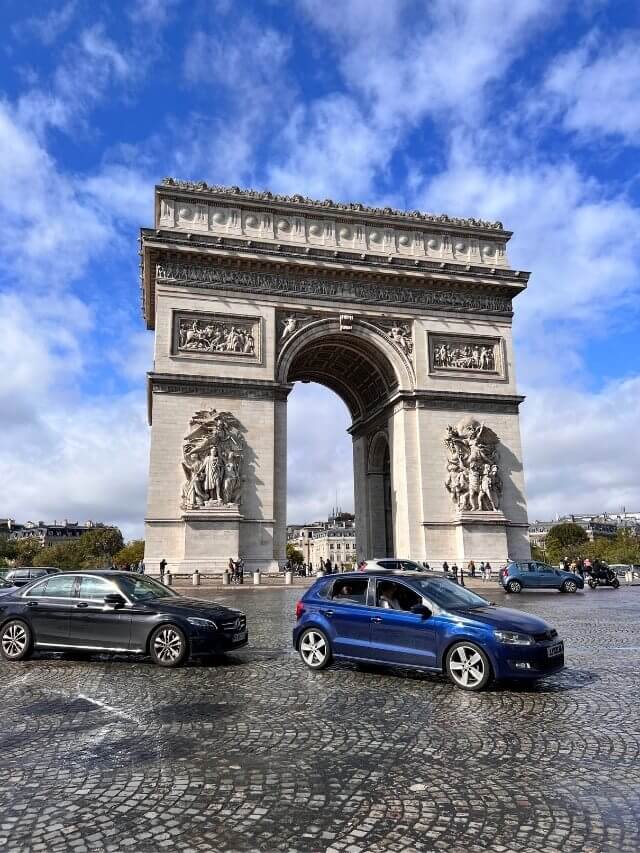
Crowning the Champs Elysées, the Arc de Triomphe is the symbol par excellence of France, as important as the Eiffel Tower itself.
This is where Parisians gather to strike or to celebrate.
It is 50 meters high, 45 meters long, and 22 meters wide. It was inaugurated in 1836, and its architecture and details were inspired by the Roman arch of Titus.
You can go up to its terrace and have one of the best views of Paris.
The faces of the arch are adorned by four sculptural groups that reference historical moments of the country. These works of art were restored in 2010, so they are in impeccable condition.
Every first Sunday of the month, from November through March, admission is free.
Le Corbusier, Maison la Roche
Like much of Le Corbusier’s architectural ensemble, the La Roche-Jeanneret house was declared a UNESCO World Heritage Site.
The house consists of 2 separate houses. One was intended for the Jeanneret family and the other for Roche, a Swiss banker who collected art, so their home was a mixture of a house and an art gallery.
The house is another of the places to see in the 16th arrondissement of Paris and is considered one of the foundations of modern architecture.
Paris Wine Museum
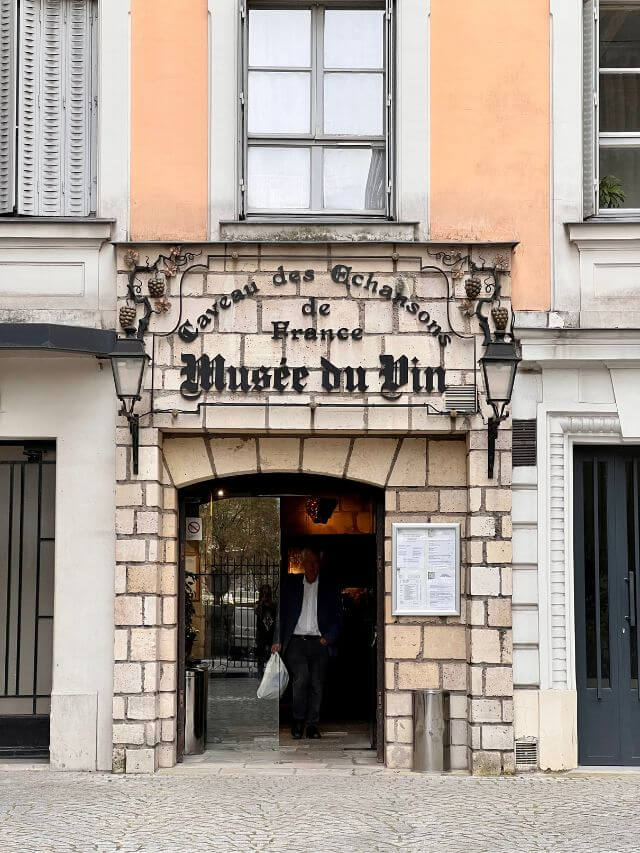
Do you want to eat? Do you want to do a wine tasting? Want to visit one of the best museums in the 16th arrondissement of Paris? You can do all that at the Musée du Vin Paris.
The museum is housed in vaulted cellars built during the 15th century and has a collection of over 2,000 objects.
These objects show the wine industry’s work, processes, and trades over the last millennia.
At the Paris Wine Museum, you can participate in wine tastings of wines from different corners of Europe.
And in its restaurant, you can enjoy cold meats, cheeses, and a wide variety of traditional French cuisine. And of course, you will be able to accompany all these dishes with the best wines of France.
Pont Bir-Hakeim
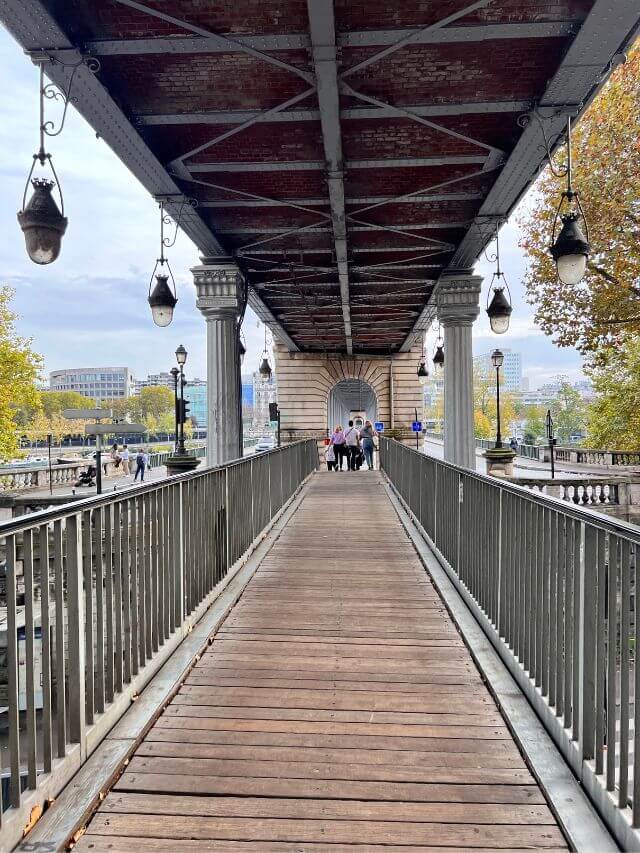
The last of the recommendations we bring you to do in the 16th arrondissement of Paris is not a museum, but it is a place where you can take fantastic pictures of the Eiffel Tower.
The Bir-Hakeim bridge crosses the Seine River and allows you to face the tower at a height that gives you a unique angle so that you will have very cool pictures of the most famous tower in the world.
What are the best things to do near the 16th arrondissement of Paris?
Leaving the 16th arrondissement of Paris, we have many exciting places to see, some of which are among the most important in the city.
Eiffel Tower
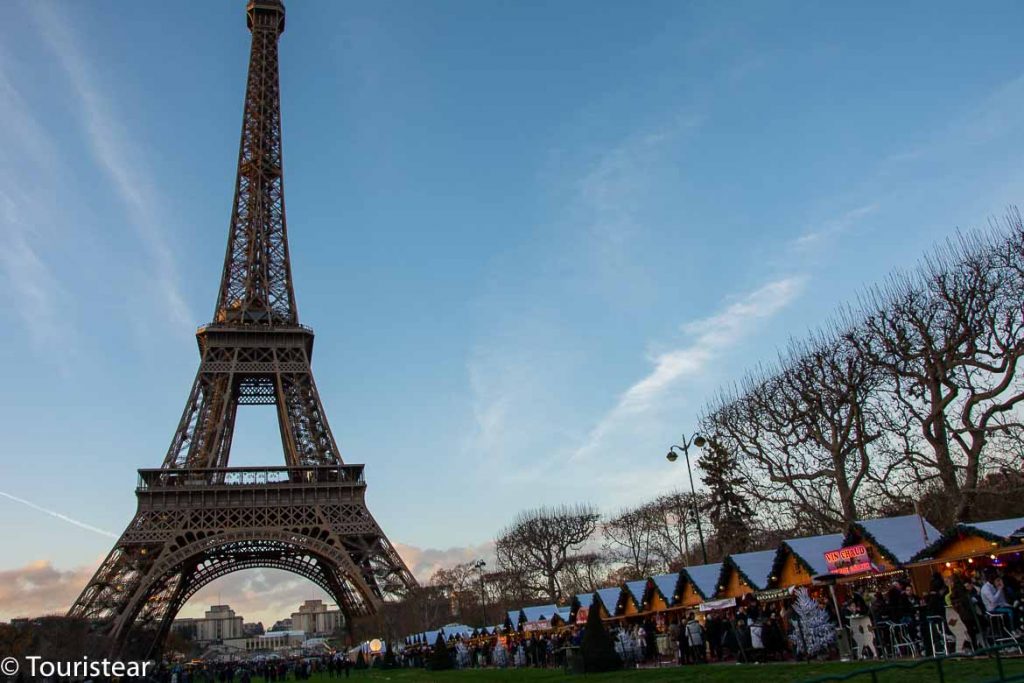
This monument needs no introduction, but here are a few facts. Its total height is 330 meters, it weighs 10,100 tons, and has five elevators.
It was built for the Universal Exposition of 1889; an event organized to commemorate the first centenary of the French Revolution.
It had been built to last only 20 years, but the tower remained standing as Eiffel used it for various scientific experiments. Some of the first radiographic transmissions were made from there.
It served as a military radio in 1903, and the first public radio transmission was made in 1925.
Whether you see it day or night, it will be something you will never forget.
Field of Mars (Champ de Mars)
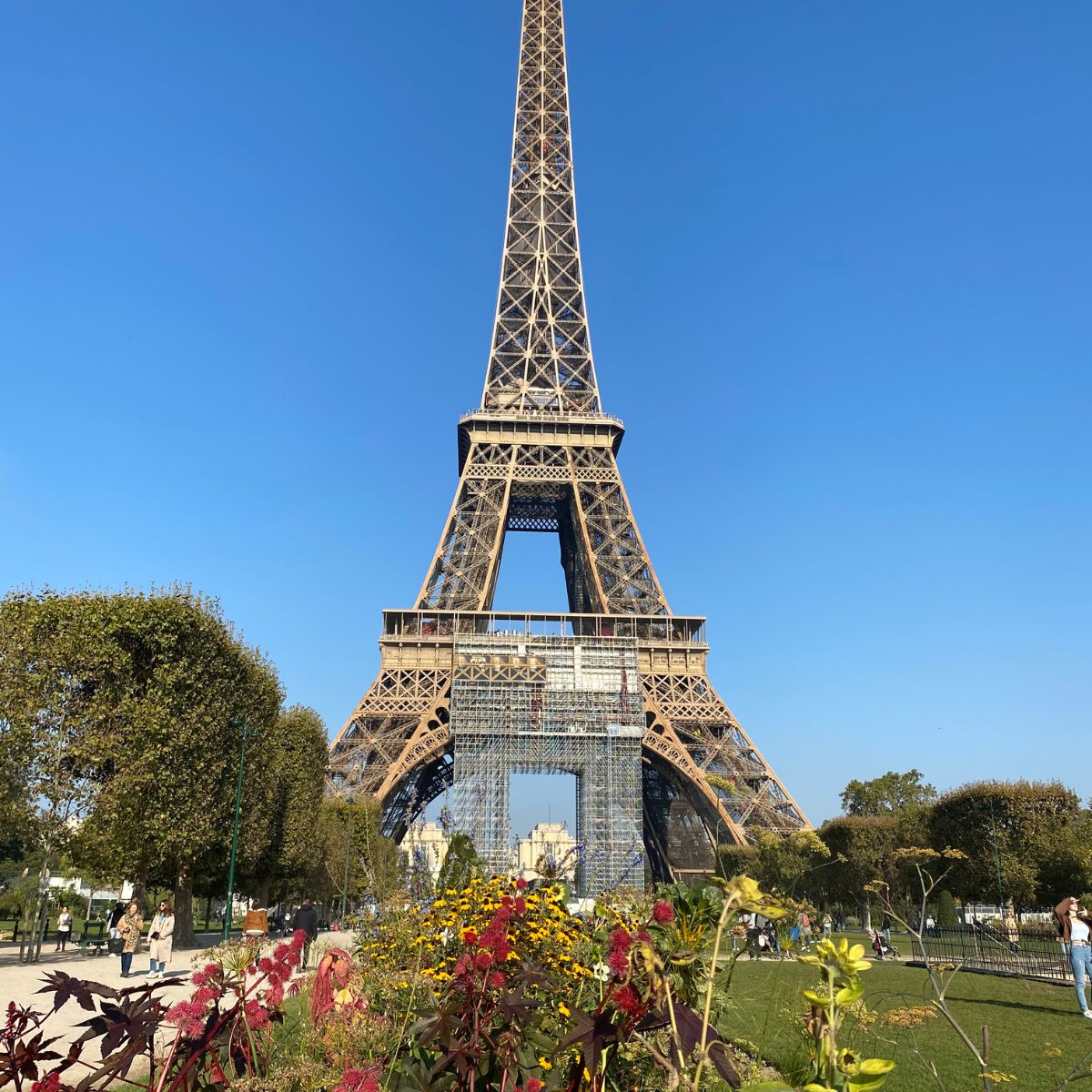
The Champ de Mars is a vast garden at the foot of the Eiffel Tower, making it one of the most visited places by tourists who want to take good pictures of the tower.
And even if you’re not interested in taking thousands of photos, the Champ de Mars is an excellent place to relax and contemplate the atmosphere around the tower.
Musée d’Orsay
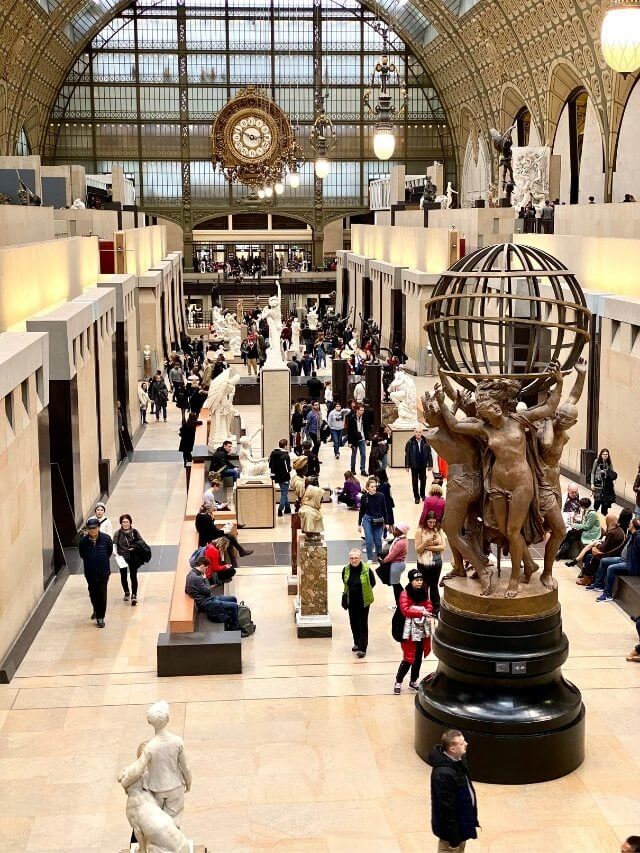
The name of this museum has to do with the fact that it is housed in the former Orsay Railway Station, inaugurated in 1900.
It is one of the most popular museums in Paris, as it has one of the world’s best collections of Impressionist art, with more than 5,000 paintings.
Notable artists include Degas, Monet, Manet, and Renoir.
Rodin Museum
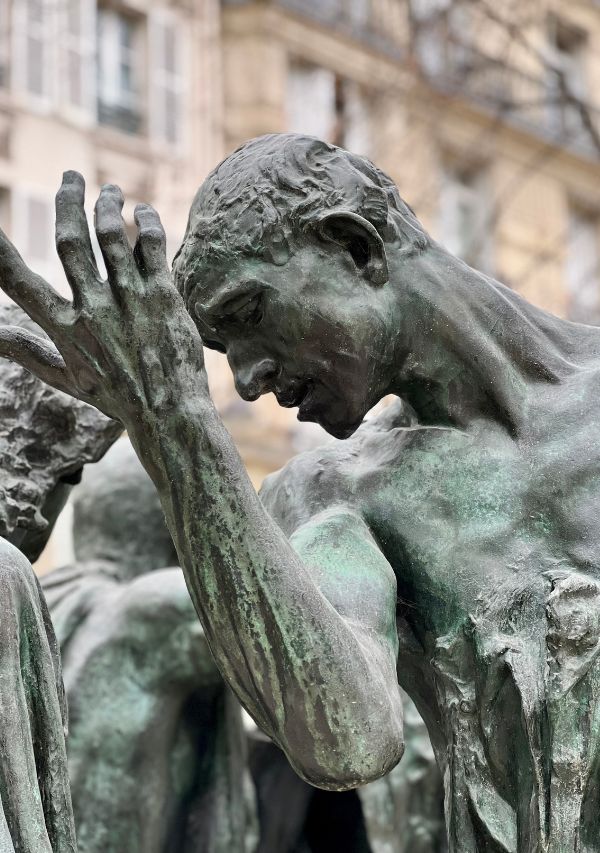
Have you ever heard about the Thinker statue? Yes, it is in this museum dedicated to the work of the sculptor Rodin.
In addition, you will see many fundamental works of his artistic career, such as The Kiss and the Gate of Hell, a work he worked on for years but never wanted to show and when he was finally convinced to do so by the first curator of the museum, he died before it was finished.
The museum includes a garden full of sculptures and a cafeteria where you can relax while looking at the work of this great sculptor.
Rue de l’Université
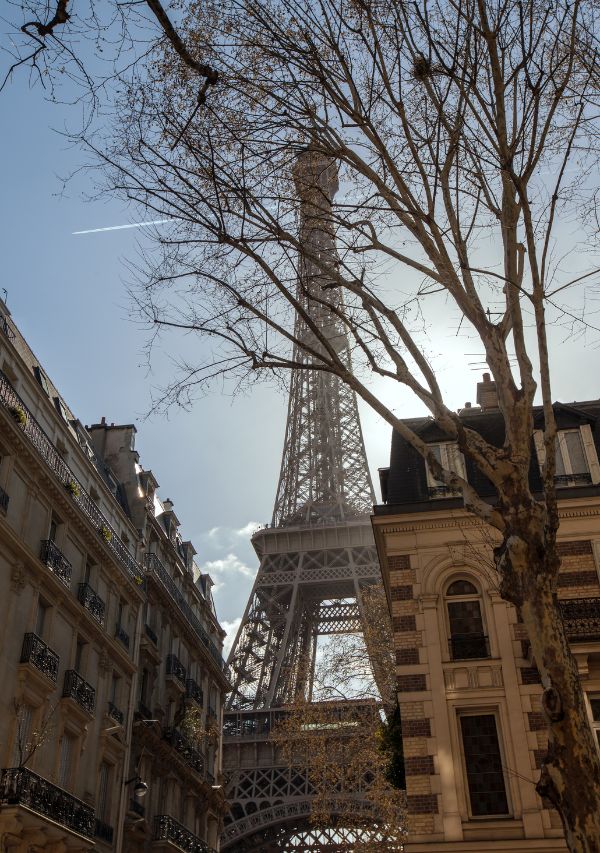
It is one of the longest streets in Paris and has many elegant buildings and old hotels.
These buildings retain their old Renaissance style, and each one holds a particular story or was inhabited by an essential character in French history so that you could make a full tour of this street.
The Invalides
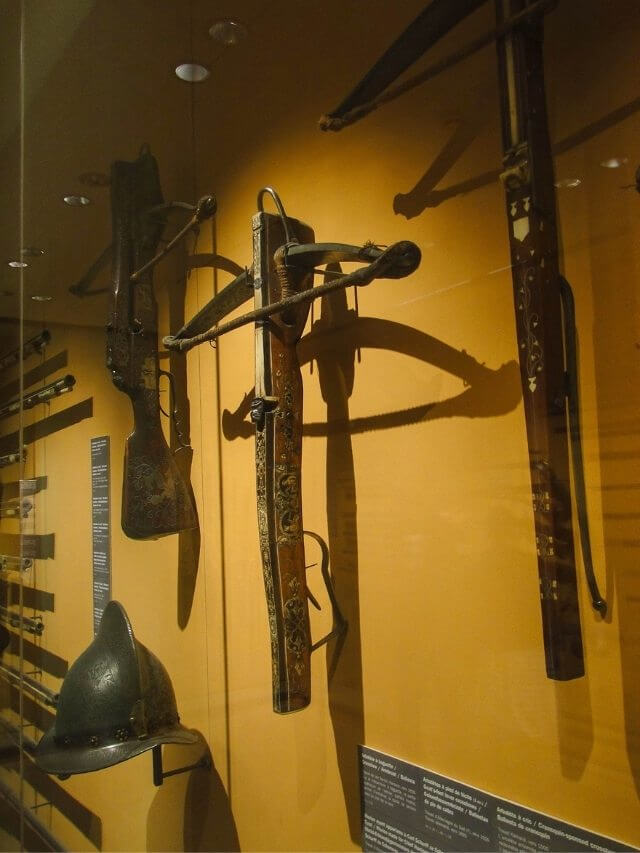
This complex was built in 1674, which is hard to believe when you see its size and the brightness that still has its dome.
In Les Invalides lie the remains of Emperor Napoleon, as well as those of his son Napoleon II and his brother Joseph I of Spain, and the bodies of several important soldiers in the history of France.
Within the Invalides complex are the Dome of Les Invalides, the cathedral, and several museums, such as the Army Museum and the Museum of the Order of the Liberation.
Brief History of the 16th Arrondissement of Paris
The 16th arrondissement of Paris is located on the right bank of the Seine and is bisected by Avenue Foch, the widest avenue in the French capital.
Passy and Auteuil, two neighborhoods comprising the 16th arrondissement, existed as early as the 12th century. Until then, the land was used by monks who owned vineyards and donated the production to the bishop of Paris.
It was only in the 17th century that it began to grow and take on the elitist character it retains to this day. This change started in 1627 when King Louis XIII installed the Royal Carpet Factory where the Palais Tokyo now stands.
For a long time, it was considered only a suburb separated from the city by the Paris Wall, and it was not until 1860 that Auteuil, Passy, and Chaillot were integrated into the city. Later, the wall was demolished.
In the last two centuries, many avenues have been widened, and today, not much remains of the district’s original appearance.
Although some of the most exclusive villas still survive, such as Villa Mozart, Villa Boileau, Villa Eugène Manuel, and Villa Beauséjour.
Thanks to the architecture that survived and the area’s inhabitants, the 16th arrondissement is considered the richest in Paris.
Plan Your Trip to Paris
- What to wear in Paris according to the season
- The Seasons in France
- Romantic plans for your trip to Paris
- How to get to Versailles from Paris
- Visiting Champagne from Paris
- Visiting the Loire Châteaux from Paris
- How to Get to Giverny from Paris
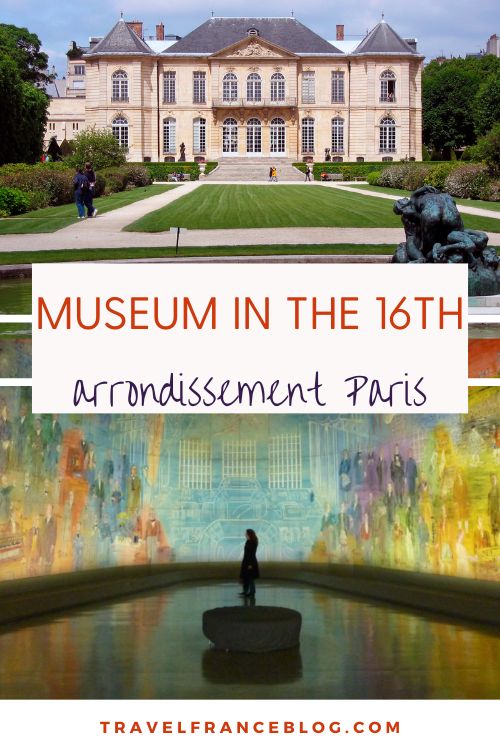
This post may include affiliate links. This means that we will receive a small fee if you make a purchase through our links. It has no additional cost to you. It’s a win-win!



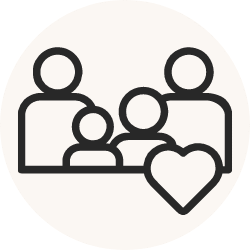
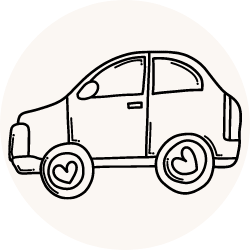

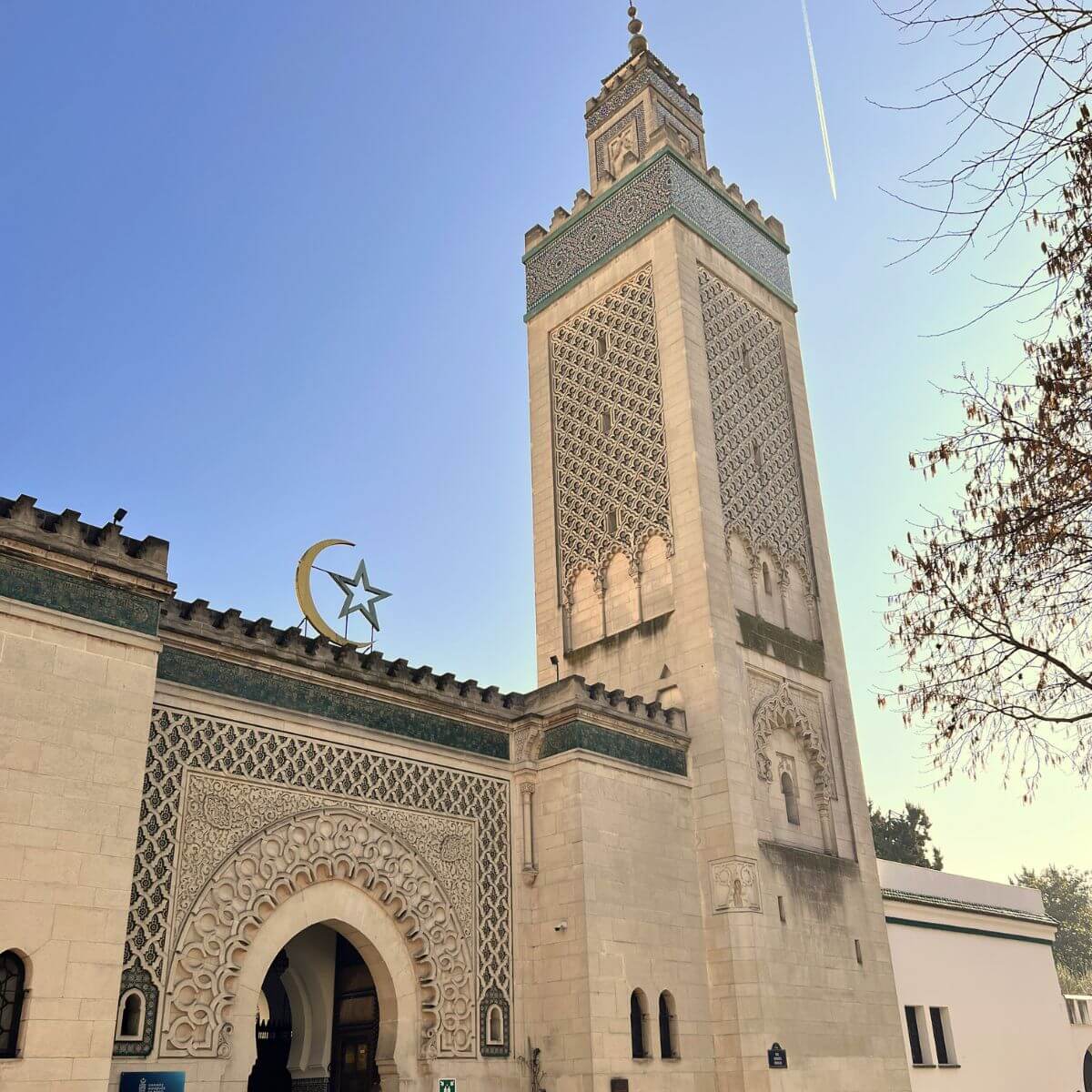



![► The Ultimate 7-Day Paris Itinerary [For Your First Trip]](https://travelfranceblog.com/wp-content/uploads/2023/01/paris-best-7-day-itinerary.jpeg)